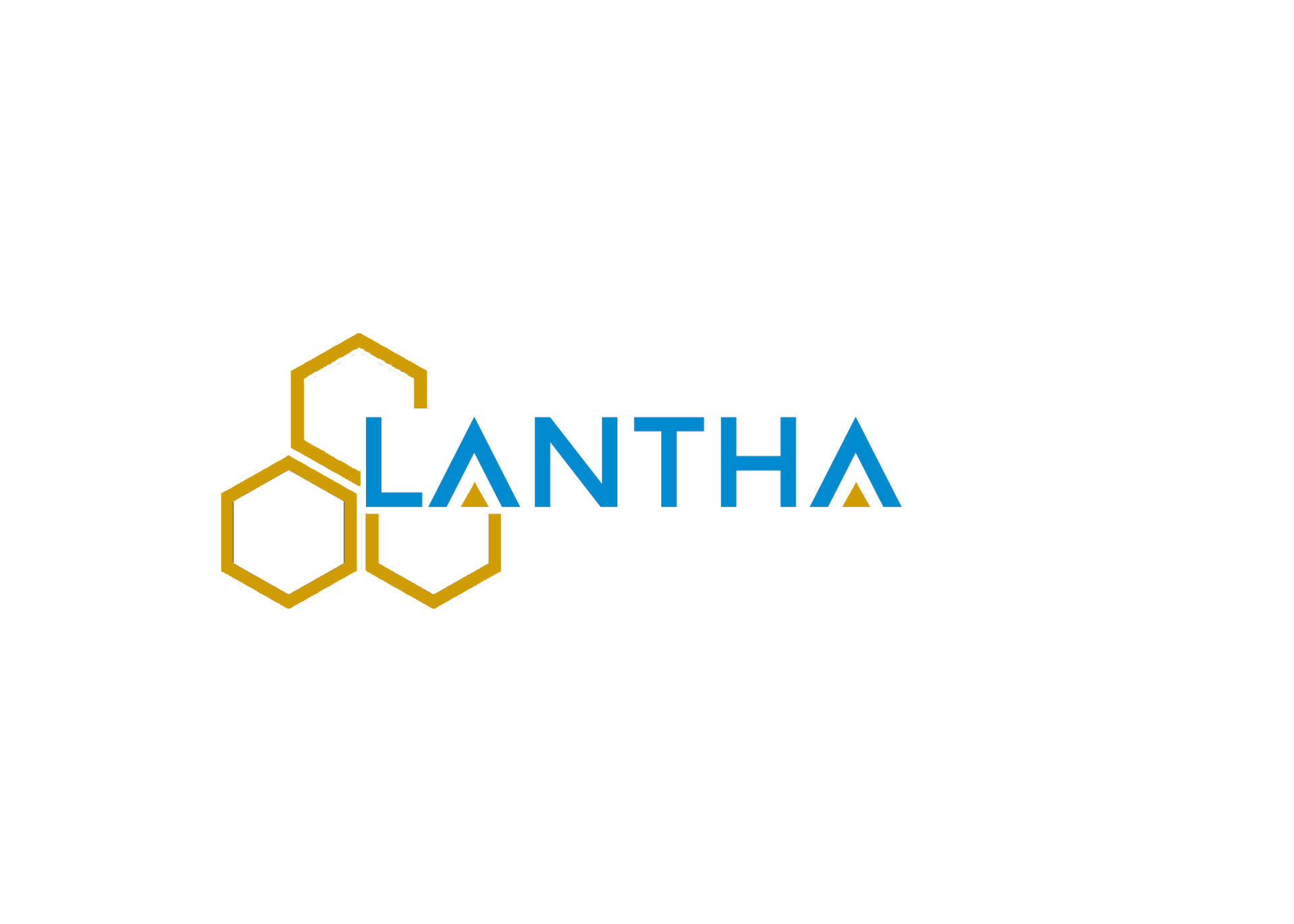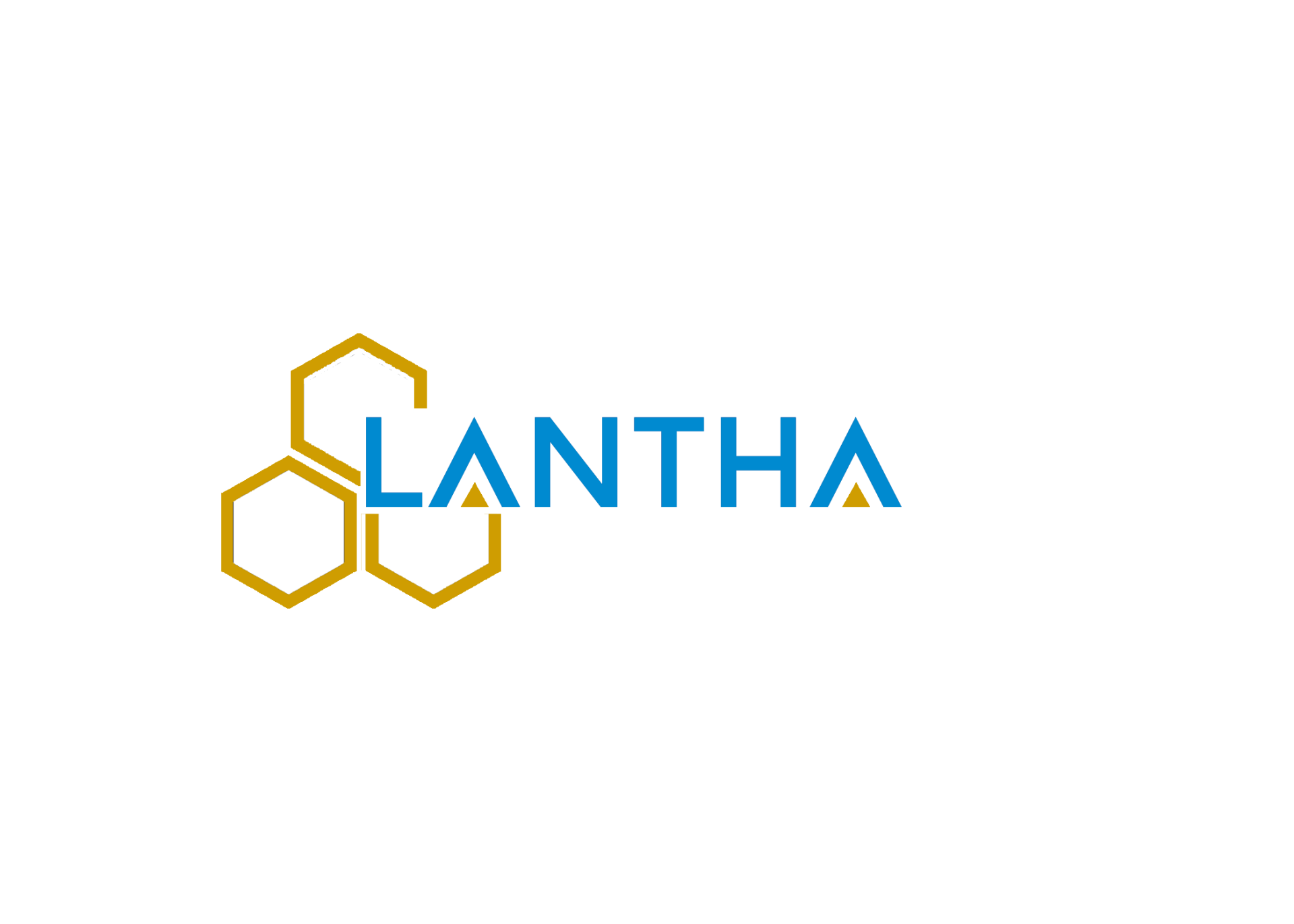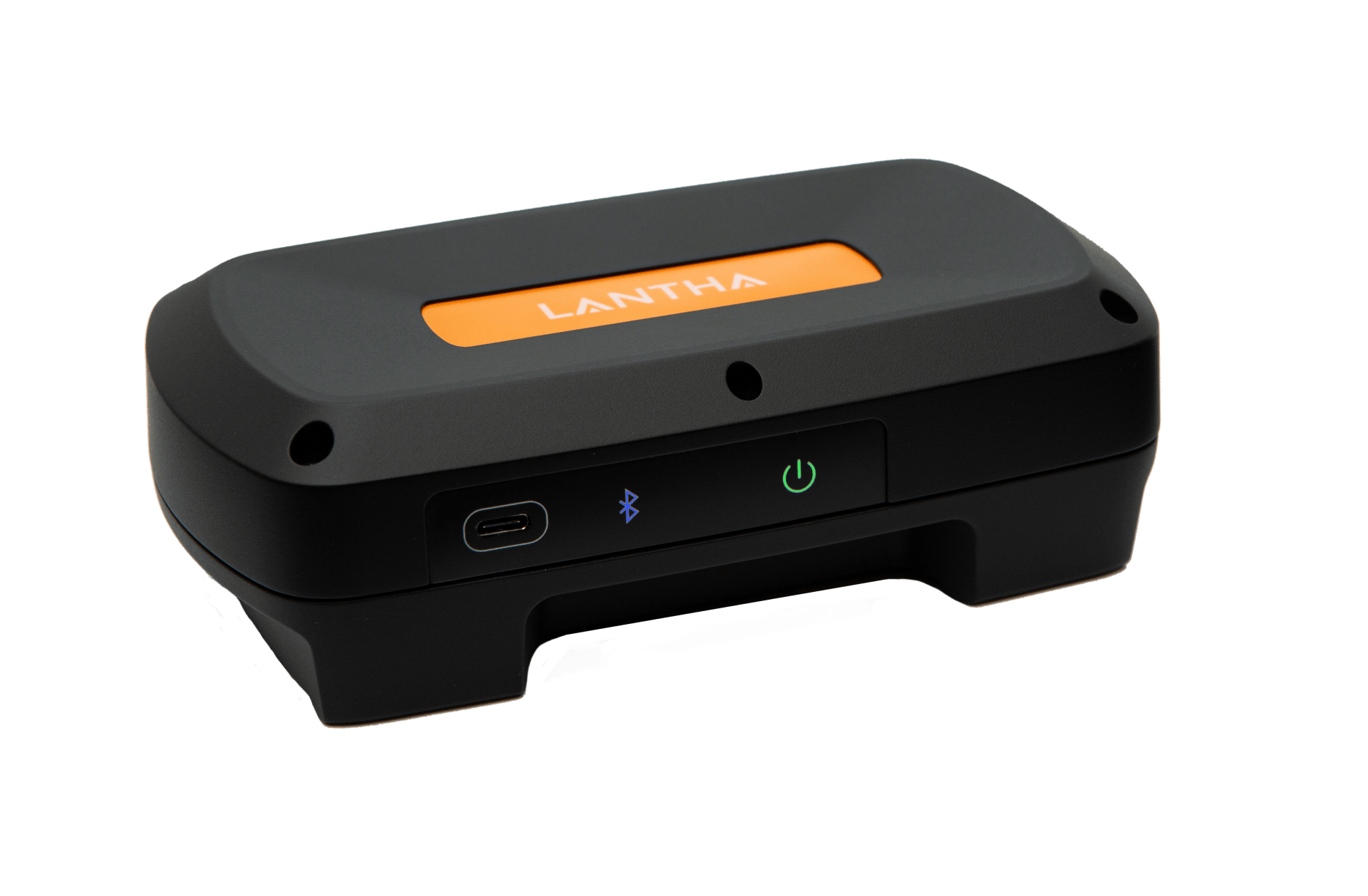By Kara Carlson
@karacarlson2
Posted Oct 16, 2019 at 3:39 PM
Lantha Inc., a chemical testing startup spun out of the University of Texas, has raised $2.6 million to help launch its first commercial product.
The Austin-based company debuted in July, based on technology that came out of UT research. The funding round was led by the Goose Society of Texas, a Houston-based venture capital investment group.
The funding will go toward finalizing development of Lantha’s commercial product, as well as hiring staff and expanding intellectual property. The company says it hopes to roll out its first commercial product in early 2020.
Lantha is working to commercialize a chemical sensor that is able to detect parts-per-million concentrations of various chemicals. The sensor has the potential for use in a variety of fields, including detection of chemical isotopes, pharmaceuticals, computer chip manufacturing, the oil and gas industry and the defense industry, according to the company. It’s also more portable and less expensive than comparable products, according to the company.
The lanthanide-based metal organic framework that makes the sensor possible was discovered in the lab of UT chemistry professor Simon Humphrey. UT and Humphrey co-own a patent on the material, and will license it to Lantha.
Humphrey, who will act as chief technology officer for the startup, said the material is like porous honeycomb on the molecular level that lets it drag in different solvents, liquids and vapors. His lab discovered the material illuminates in the presence of certain chemicals.
“We didn’t really know for the first year what we had was so valuable,” Humphrey said.
The sensor uses paper strips, much like the ones used in a high school chemistry class or pH testing in swimming pools. The strips are coated in the material so when a sample is applied, it illuminates. A photo is then snapped and analyzed for a specific color signature and intensity to tell the user exactly what is present. Results can come back in minutes, according to the company.
Humphrey said the sensor can detect the one neutron difference between regular water (H2O) and heavy water (D2O), which is produced in nuclear reactions. Or it could detect if fuel is pure with no traces of water, which could be bad for an airplane’s engine.
The testing equipment can be sold on a rent-to-own basis for a few hundred dollars a month, according to the company. Similarly capable equipment requires specialized training and can cost several hundred thousand dollars a year, according to Lantha.
Lantha chairman and CEO Rob Toker said the sensor lowers the barriers for industries needing to perform those types of tests.
“Our test kits are field deployable, so they’re portable. And it’s cheap and you don’t need specialized training to go run those tests,” Toker said.
The company will focus on commercialization in a few select markets for now, but the sensor has potential for hundreds of uses, Toker said.
“We think it has the potential to really change quite a lot of the industry dynamic,” Toker said.




